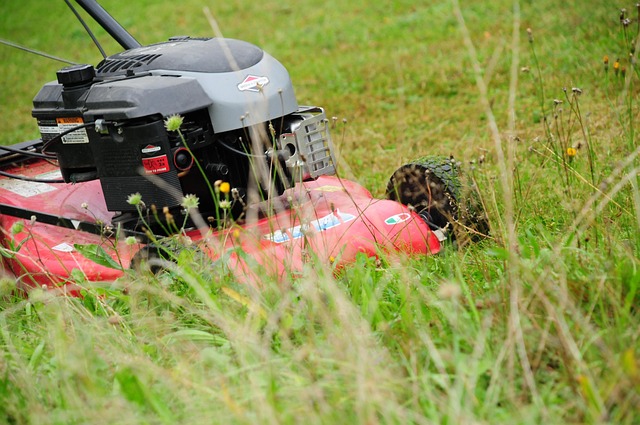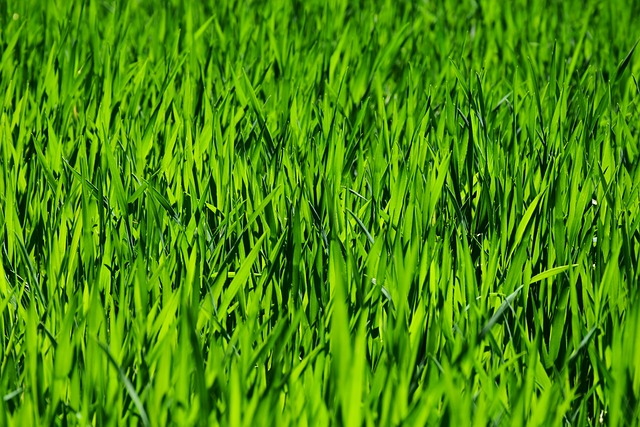Vegetation management in Castle Pines' utility easements is a delicate balance between functional access to infrastructure and aesthetically pleasing landscapes. It involves strategic planning, including controlled mowing, pruning, and selective herbicide use, to safeguard utilities while fostering diverse plant life. Robust pest management plans, focusing on identification, prevention, and eco-friendly controls, are crucial for maintaining healthy grass. By targeting harmful pests like grubs and chinch bugs with responsible pesticide applications and regular monitoring, these strategies ensure the preservation of lush lawns within challenging easement areas.
In Castle Pines, effective lawn plant pest management is essential for maintaining vibrant, healthy vegetation in utility easements. Understanding the unique challenges of these areas requires a tailored approach. This article guides you through developing and implementing a comprehensive pest management plan specifically for utility easements. From identifying potential pests to choosing eco-friendly control strategies, we explore best practices for managing vegetation while ensuring compliance and aesthetic appeal in Castle Pines neighborhoods.
- Understanding Vegetation Management in Utility Easements
- Developing a Comprehensive Pest Management Plan
- Implementing and Monitoring Effective Control Strategies
Understanding Vegetation Management in Utility Easements

In Castle Pines and surrounding areas, vegetation management for utility easements is a critical component of responsible land stewardship. Utility companies require clear access to underground lines, power poles, and other infrastructure, which are often protected by easements on residential and commercial properties. Effective vegetation management ensures these essential services can be maintained and accessed safely and efficiently. It involves careful planning and regular maintenance to control the growth of plants, trees, and shrubs that might encroach on these areas.
Proper vegetation management strategies consider both aesthetics and functionality. By implementing controlled mowing, pruning, and selective herbicide applications, landscape specialists can maintain a balance where essential utilities are protected while allowing for aesthetically pleasing and diverse plant life. This approach fosters a harmonious coexistence between infrastructure and natural landscapes, ensuring the long-term health of both.
Developing a Comprehensive Pest Management Plan

Creating a robust pest management plan is essential for maintaining healthy and vibrant lawn spaces, especially within sensitive areas like utility easements in Castle Pines. This involves a strategic approach to vegetation management, ensuring both aesthetics and functionality. The first step is conducting a thorough assessment of the easement area, identifying potential pest issues and their sources. This includes examining the types of plants present, their health, and any signs of infestation or damage. Understanding the local ecosystem and climate is also crucial as it helps in predicting potential pests and implementing preventive measures.
Once identified, a tailored plan can be devised. This might include regular monitoring, integrated pest management techniques, and eco-friendly control methods. For utility easements, vegetation should be managed to maintain clear lines of sight for safety and infrastructure access. This could involve selective pruning, trimming, or even controlled burning (when permitted) to manage overgrown plants. Encouraging beneficial insects and birds that feed on pests can also be an effective, natural way to keep populations in check.
Implementing and Monitoring Effective Control Strategies

Implementing effective pest management strategies is key to maintaining healthy lawn vegetation, especially in areas like Castle Pines where utility easements require meticulous care. The first step involves identifying the specific pests causing damage and understanding their life cycles. Common lawn pests include grubs, chinch bugs, and mole crickets, each with unique characteristics and treatment approaches. Once identified, targeted applications of pesticides can be highly effective, ensuring minimal environmental impact when used responsibly.
Monitoring is an ongoing process that plays a crucial role in successful pest management. Regular inspections allow for the early detection of pest activity, enabling prompt intervention. By establishing a control plan tailored to local conditions and pests, homeowners and landscape professionals in Castle Pines can effectively manage vegetation while preserving the aesthetics and health of their lawn, even in challenging easement areas.
In implementing effective lawn plant pest management plans, especially within the context of Castle Pines’ utility easements, a balanced approach combining proper vegetation management and strategic control strategies is key. By understanding the unique needs of these areas and developing comprehensive plans tailored to local conditions, residents and utilities can achieve and maintain healthy landscapes while minimizing pest impacts. Regular monitoring and adjustments to these plans ensure long-term success in managing pests and preserving the aesthetic and functional integrity of Castle Pines’ green spaces.
